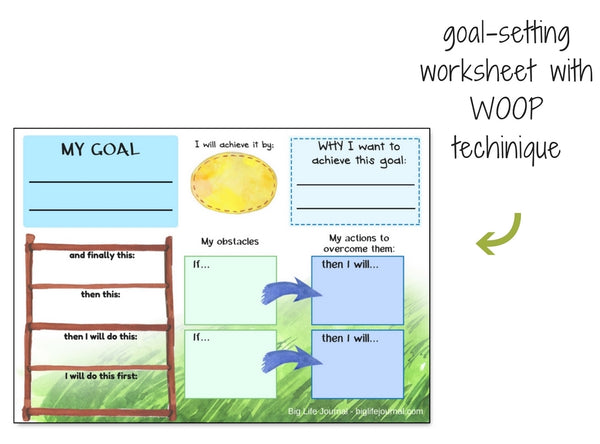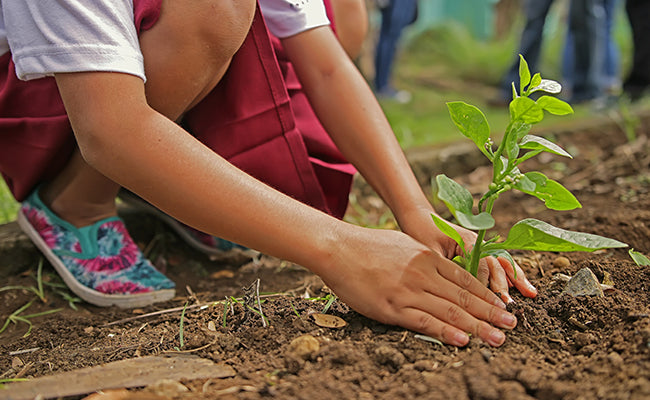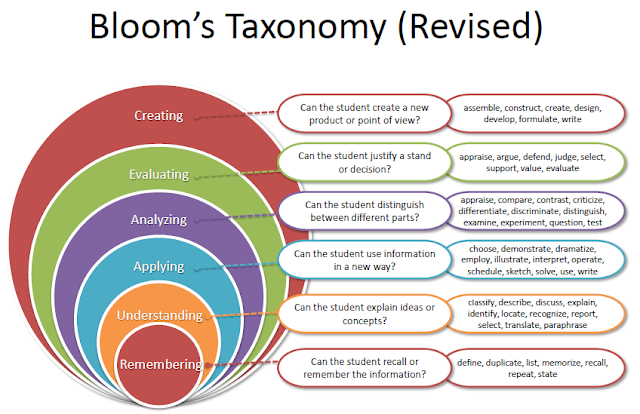When we talk about growth mindset, we usually apply it to academics. But practicing growth mindset in sports is extremely beneficial as well.
In sports, the focus is too often solely on outcomes (winning or losing).
Instead, parents and coaches should emphasize the process (practice, effort, improvement). Not only does this make sports more enjoyable for kids, but it also helps foster a growth mindset.
Here are five effective ways to nurture your child’s growth mindset through sports.

1. Motivate Kids to Try New Things
Many children prefer to stick with what is comfortable and familiar rather than taking a risk and trying something new. Kids worry that they won’t be good at a new sport, and this fear of failure can keep them sidelined.
You can motivate your child to venture outside of his comfort zone.
TALK ABOUT BENEFITS
Explain the benefits of trying a variety of sports: learning a new skill, having fun, discovering a new interest, etc.
Of course, you don’t want your child to try something only because you want him to—you want him to be intrinsically motivated. Help him see that playing a new sport can make him STRONGER and BETTER.
Discuss HOW the skills he learns through sports can help him reach his dreams in the future.
APPLY “HARD THING RULE”
Another way to address this fear is to lead by example. Adopt Angela Duckworth’s “Hard Thing Rule.” In Duckworth’s family, every member must attempt one “hard thing.” Each family member gets to CHOOSE their own activity, and no one gets to quit.
Choose a “hard thing” that you will attempt, like taking lessons or teaching yourself something new. As a family, agree that you will each try something new, offering one another guidance and support along the way.

This gives your child a gentle push to try a new activity, but he will also get the freedom to decide which new sport he would like to play.
Demonstrate enthusiasm about your new activity. SHARE with your child your struggles or bumps along the road, but emphasize that learning something new is fun and exciting—even when there’s a bit of a learning curve.
ASK WHY THEY'RE AFRAID
You can also discuss with your child WHY he’s afraid to try a new sport. What exactly is he afraid of? How could the two of you address these fears?
Ask him what some of his favorite activities are, and REMIND him that at one point, these activities were new as well. What if he had never summoned the courage to try them for the first time?
2. Encourage Persistence
Most parents have experienced this: Your child begs to sign up for a new sport. You meet the coaches, buy the uniform and equipment, go to the first game...and within a couple of weeks, your child is now pleading to QUIT.
The reasons children want to quit sports vary. Often, they aren’t immediately good at the sport and would rather give up than continue trying (and, in their minds, embarrassing themselves by failing).
FOCUS ON THE COMMITMENT PART
Another part of Duckworth’s “Hard Thing Rule” is that no family member may quit. Once they have selected their activity, they’re committed for a season, a semester, a month, etc. Make this AGREEMENT in advance and remind your child about this commitment when they want to quit.
You can also remind him that he’s made a commitment to his TEAM to play for the remainder of the season. Even if he feels he “isn’t good,” each member of the team brings something to the table, and he shouldn’t let his teammates down.
DISCUSS SOLUTIONS IN ADVANCE
You can also discuss in advance what your child will do if he wants to give up.
Gabriele Oettingen, a professor of psychology at New York University, studied effective goal-setting. As a result of her research, she developed the WOOP method.
WOOP involves Wishing (setting a goal), visualizing the best possible Outcome, brainstorming potential Obstacles, and Planning HOW you will overcome these obstacles if they occur.

You can use our goal-setting printable which is based on the WOOP technique to help your child set a goal for his new sport. This printable is available as part of our Growth Mindset Printables Kit 1.

Then, discuss potential obstacles (including wanting to give up) and make a plan. If your child does eventually want to quit, remind him of your original plan and implement it.
DISCUSS HOW PERSISTENCE LEADS TO SUCCESS
Remind your child that no one is good at a sport overnight. He’s only just started playing, and it does take practice and time to begin to excel. If he quits now, he’s not giving himself an opportunity to succeed.
Talk about success using the “iceberg analogy.” When you see successful people, you only see the tip of the iceberg. You don’t see what’s “under the water,” or what it took for them to achieve that success: failures, rejection, grit, effort, discipline, persistence, etc.
Our "Success Iceberg" poster is a great tool to help you out in this type of conversations. It is available as a printable PDF or a high-quality hardcopy.

TALK ABOUT FAMOUS ATHLETES
Discuss examples of famous athletes who have struggled or experienced failure. Michael Jordan, for example, famously didn’t make his Varsity basketball team in high school. Instead of giving up, he used his failure as motivation to train even harder. The following year, he was his school’s Varsity basketball star.
Our Famous Failures Kit for kids is an excellent way to introduce Michael Jordan's and other famous people's stories about persistance:

Michael Jordan was so successful because he trained himself to view defeat and failure as an opportunity for growth.
“I’ve missed more than nine thousand shots. I’ve lost almost three hundred games. Twenty-six times, I’ve been trusted to take the game-winning shot, and missed, and that is WHY I succeed.”
- Michael Jordan
Persisting through failures and setbacks will build your child’s character and growth mindset. Even if he doesn’t fall in love with the sport, he will likely notice some improvement and learn that persistence and practice do pay off.
3. Reframe Losing
When children play sports, especially for the first time, they often struggle with losing. You can foster a growth mindset by teaching your child to view losing as an opportunity for GROWTH.
EMPHASIZE PERSONAL MASTERY AND IMPROVEMENT
Your child can lose the game but still experience a personal “win” if he played his best, demonstrated good sportsmanship, and is making improvement from week to week.
Remind your child to not compare himself to others, but to his OWN past performance.
Is he improving? Is he taking steps in the right direction? You can explain to him that this is NOT losing. Teach your child to focus on the positive and celebrate improvement and progress.
REFLECT ON WHAT THEY COULD DO BETTER NEXT TIME
After your child loses, you can help him reflect on what he or the team could do better next time.
Avoid pointing fingers, but ask your child what went wrong overall and how this could be prevented in future games. Maybe there’s a particular skill he would like to practice more, or maybe he needs more conditioning so that he doesn’t get winded.
Teach your child that losing is ultimately a learning experience that can lead to more winning in the future.
DISCUSS HOW FAMOUS ATHLETES RESPOND TO LOSSES
You can also point to famous examples in sports, like when the Florida Gators football team lost to Mississippi in 2008. After the game, quarterback Tim Tebow gave a passionate speech.
“I promise you one thing, a lot of good will come out of this. You will never see any player in the entire country play as HARD as I will play the rest of the season…”
- Tim Tebow, Florida Gators
After turning this loss into a learning experience, the Gators went on to win the National Championship. This speech can be found on Youtube, and it’s also immortalized outside of the Gators’ football stadium.
HELP EMBRACE THE FUN
Help your child embrace the fun of sports by changing the way you SPEAK to him after games or practices.
Before going into an analysis of his performance, ask, “Did you have fun?” If you don’t obsess over winning and losing, it’s likely that your child will follow your lead.
Although you can help shape your child’s mindset about losing, be prepared for the fact that he’ll sometimes be disappointed with a loss. Allow him to feel this disappointment, then guide him to use the loss as motivation to improve.
4. Reframe Winning
One way to reframe your child’s attitude about losing is to also change how YOU react when he wins.
EMPHASIZE EFFORT, FOCUS AND DISCIPLINE
Growth mindset is all about emphasizing progress and the process rather than outcomes.
When your child wins, emphasize their EFFORT, FOCUS, and DISCIPLINE. Help him understand the connection between winning and his actions: the extra practice he put in, his willingness to try again after missed shots early in the game, etc.
This way, when your child loses, you can remind him of the connection between his actions and the outcome. Talk about how he can try to alter future outcomes by using different strategies and taking different actions in the future.
SAY THIS WHEN YOUR CHILD WINS WITHOUT EFFORT
If your child wins easily, with almost no effort or extra practice, you may want to use Carol Dweck’s approach.
“So what should we say when children complete a task - say, math problems - quickly and perfectly? Should we deny them the praise they have earned? Yes. When this happens, I say, ‘Whoops. I guess that was too easy. I apologize for wasting your time. Let’s do something you can really learn from!’”
- Carol Dweck
If winning was too easy for your child, he hasn't improved or challenged himself.
Explain that sports aren’t all about winning and losing according to the rules of the game. Isteand, winning is about improving past performance, taking on new challenges, and having fun.
5. Teach Your Child to Handle Constructive Criticism
Criticism is a natural part of sports, but many children struggle with any form of criticism.
POSITION CRITICISM AS ADVICE
Teach your child to view criticism as as a piece of advice that he can use to improve his game.
Tell them it’s offered for his benefit with his best interests in mind. Even if he doesn’t enjoy hearing it, it will ultimately help him become a better athlete.
All athletes, even professionals, receive constructive criticism to shape them into more successful players.
CRITICIZE WISELY
As you critique your child, also keep in mind that too much criticism can destroy a child’s love of the game. Jim Thompson, founder of the Positive Coaching Alliance, offers guidelines for criticizing young athletes.
If you criticize your child following these guidelines, it will be easier for him to accept the criticism rather than feeling hurt or put on the spot.

Pay attention to what you criticize. If you want to emphasize a growth mindset, criticize lack of effort and discipline, poor sportsmanship, etc. No matter if your child wins or loses, comment on the amount of effort, hard work, and discipline that your child demonstrated.
ENCOURAGE SELF-ANALYSIS
You can also give your child the opportunity to self-critique by asking, “Did that go how you expected it to go?” or, “What do you think you want to do differently next time?”
Ultimately, criticism, like failure and losing, is an opportunity for growth. If you can teach your child to view it in this light, you’ll also be cultivating his growth mindset.
Recap
Sports provide opportunities to teach critical life skills, including how to adopt a growth mindset. You can help foster your child’s growth mindset by:
- Motivating him to try new sports and tackle new challenges
- Encouraging persistence despite failures and setbacks
- Reframing losing as a positive learning experience
- Reframing winning as demonstrating effort, improvement, and progress
- Teaching your child to view constructive criticism as a gift that helps him learn
As your child learns to persist, use failure as motivation, and grow from his mistakes, he’ll develop a growth mindset that can help him not only in sports, but in all aspects of his life.

 Full Activity Book: Discover Your Changing World with NOAA
Full Activity Book: Discover Your Changing World with NOAA Are You Climate Literate? : The Essentials Principles Challenge
Are You Climate Literate? : The Essentials Principles Challenge


